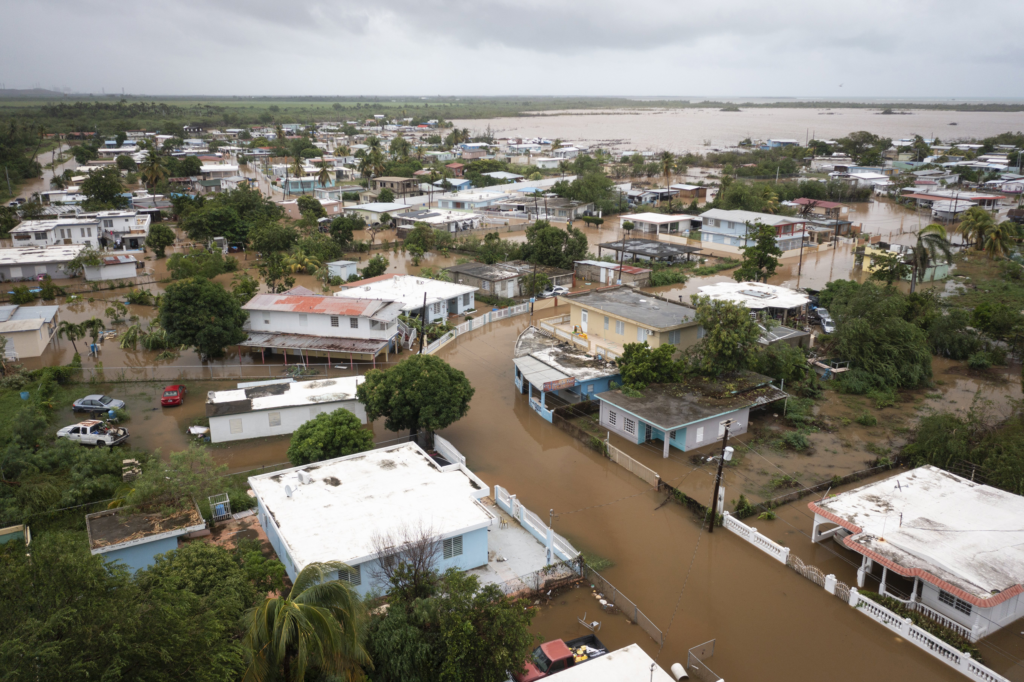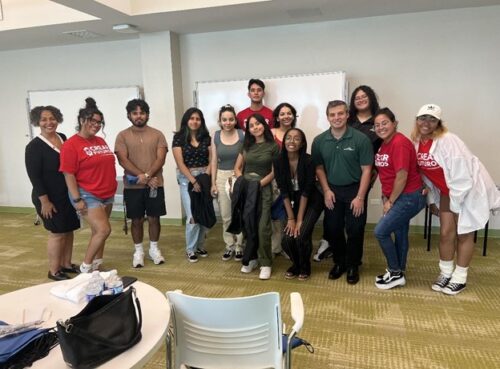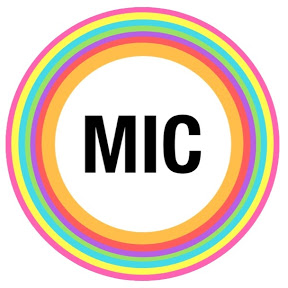
On September 23rd, Hurricane Fiona was strengthening as it headed towards Canada’s Atlantic Coast. Five days earlier, the category four hurricane, made landfall on the island of Puerto Rico. According to the U.S. National Hurricane Center, Fiona hit about 15 miles (25 kilometers) south-southeast of Mayaguez with maximum sustained winds of 85 mph (140 kph).
An article from the Washington Post stated that as of midmorning Wednesday, Fiona had moved to the southwest of Bermuda, leaving the British overseas territory with a tropical storm warning and a hurricane watch.
On September 20, Bill Karins, an NBC News Climate & Weather Unit Certified Broadcast Meteorologist, tweeted, “The Euro Model is in with a record-breaking (if it happens) 935mb Fiona superstorm into eastern Nova Scotia and Western Newfoundland Saturday morning. With this intensity and the strong high to its NE, the waves in the North Atlantic will be mountains! “
According to the White House, Biden emphasized his administration’s support for Puerto Rico’s emergency and recovery efforts in the wake of Fiona while speaking on the phone with Pierluisi from Air Force One.
A report on the NBC News website claims that “nearly 1.5 million utility customers were left without power, and 196,000 people were without potable water.” Additionally, “Officials counted 1,033 evacuees in 130 storm shelters set up for Fiona. And about 1 in 5 cellphone towers were inoperable. “
The island of Puerto Rico, a territory of the United States since 1898, has been the epicenter of dozens of hurricanes that have caused catastrophic damage to the island and its people. BCSSW News reported that over 200,000 people left Puerto Rico after Hurricane Maria in 2017.
People can get in touch with a variety of non-profit organizations to help Puerto Rico at this difficult time. Among them are Save the Children Federation, Inc., TPMG Corporation, and Friends of Hope International.







